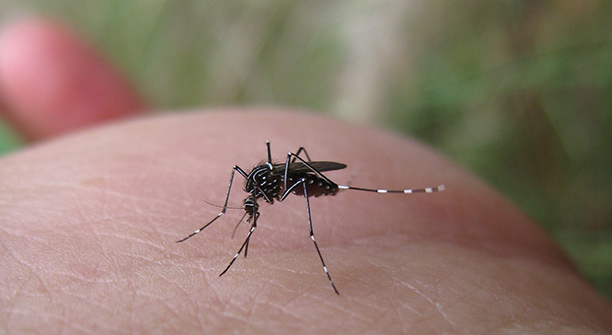In the past decade, massive scale-up of insecticide-treated nets (ITN) and indoor residual spraying (IRS), together with the introduction of artemisinin-combination treatments, have led to substantial reductions in malaria prevalence and incidence in African highlands. However, rising insecticide resistance and increased outdoor transmission have greatly hampered the effectiveness of ITN and IRS because the current indoor-based interventions do not target the outdoor-biting mosquitoes. Consequently, most highland sites maintain sustained low-level transmission while some others have recently experienced resurgence in malaria rates. Therefore, new supplemental interventions that can tackle outdoor transmission and pyrethroid insecticide resistance are urgently needed. The central objective of this study is to determine the efficacy and cost-effectiveness of EPA-approved long-lasting microbial larvicides in reducing malaria transmission and clinical malaria incidence in the highlands of Western Kenya.
Efficacy and cost-effectiveness of long-lasting microbial larvicides for malaria mosquito control
Funded by a grant to the University of California (Irvine) from the National Institute of Health (USA)
